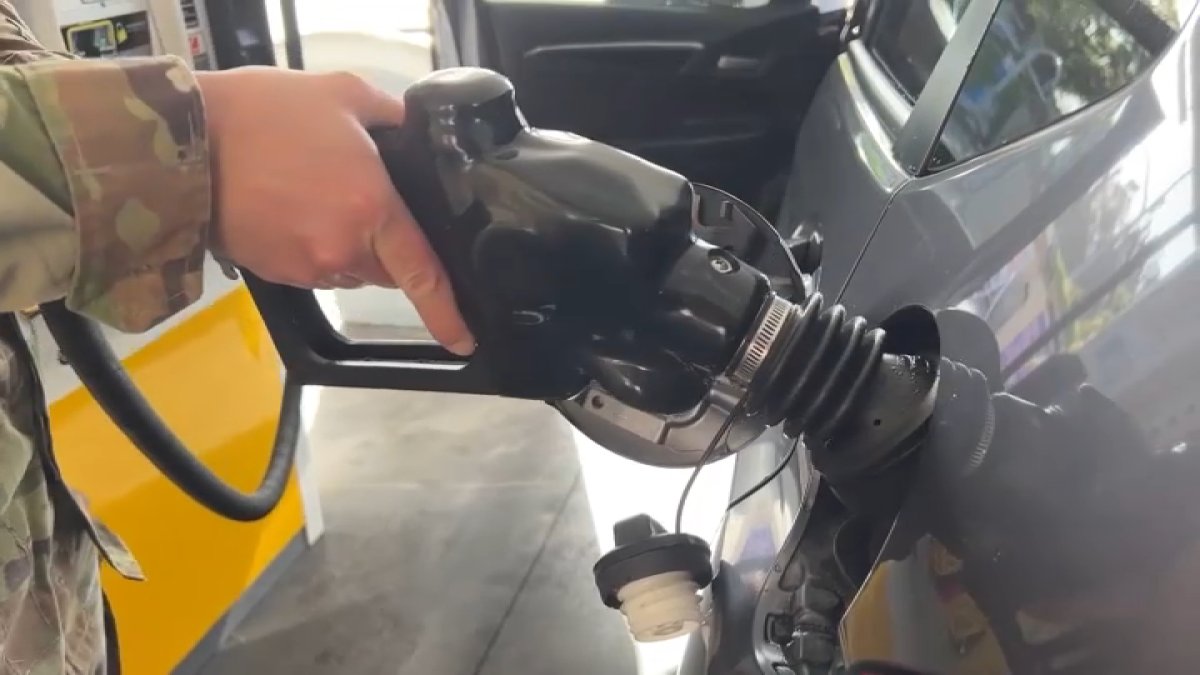Gas prices increasing in Dallas-Fort Worth with no sign of dropping
Texas still remains lower than some parts of the country, where gas is pushing $4 to $5 a gallon. Gas prices in Dallas-Fort Worth have increased rapidly due to increased demand due to spring break travel, with many counties across the state averaging as high as $3.50 per gallon. The current average in Texas is $3.,14 per gallon, but many other states are averaging as much as $4 and $5 a gallon. Dallas County is currently averaging $3,22/gallon, and Tarrant County is averaging $2.21/gallen. The national average for gas prices is now $3,.54, up more than 25 cents from a month ago. Industry experts have warned that if you want to drive further this summer, be prepared to pay more. The increase in gas prices has caused headaches for the Federal Reserve, which is looking for an opportunity to cut interest rates.

Published : a month ago by Alanna Quillen in Finance
Gas prices have spiked in the last few weeks, with no plans of coming down any time soon.
And if you're looking for gas below $3 a gallon, good luck.
The current average in Texas is $3.14 as of April 3, but many counties across the state are averaging as high as $3.50.
Currently, Dallas County is averaging $3.22/gallon and Tarrant County is averaging $3.21/gallon. Collin and Denton counties finally dropped below the $3.20 average in the last two days, now around $3.16 and $3.17 respectively.
Looking at gas prices across the country, the national average is now $3.54, up more than 25 cents from a month ago.
Some places are even pushing $4 and $5 a gallon, so Texas remains relatively low compared to states on the West Coast and the Northeast.
For the first time since late last year, prices at the pump are now higher on a year-over-year basis.
Every spring, gas prices typically go up because of increased demand due to spring break travel.
Industry experts are warning people to plan ahead for summer travel.
“I just don't see it going down. So if you want to drive further this summer, be prepared to pay more. Unfortunately, be prepared to pay more,” said Jay Young, CEO of King Operating Corporation in Dallas.
Increased prices are also caused by the transition from winter-blend to summer-blend gasoline, which is more fuel-efficient but costly to produce, leading to a 10 to 15 cents per gallon price hike.
"Not only is the transition over to those carb-mandated blends of cleaner gasoline, but also refinery maintenance. Refineries generally carry out seasonal maintenance before the start of the summer driving season so that they can meet production and demand levels during the summer. And demand, which is starting to go up as temperatures warm back up,” said Patrick De Haan with Gas Buddy.
The jump in gas prices is already causing headaches for the Federal Reserve, which is still looking for an opportunity to cut interest rates.
Gas was the main reason behind last month's hotter-than-expected consumer price index and a disappointing inflation report.
Topics: Oil & Gas, Inflation
